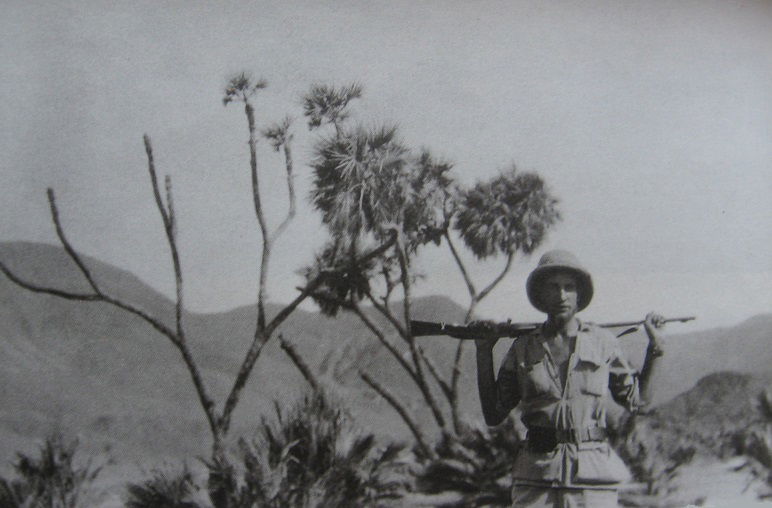Savage Nobles and Noble Savages
The great and not-so-great desert explorers of the 18th and 19th centuries are evocatively profiled.

When told Amundsen had beaten Scott to the South Pole, Lord Curzon remarked: ‘I see the dogs have won.’ The double-entendre was intentional. The Norwegian had used dog-sledges. Scott opted for the nobler man haulage – and died of exhaustion and starvation. Exploration was seen by many Britons as being not only the preserve of officers and gentlemen, but of honourable British heroes: success was less important than observing the correct forms – Johnny Foreigner, the lower orders and the frailer sex were often perceived as interlopers.
Most of Goudie’s explorers are officers and gentlemen, all but one is white, most are British and few are women. At the start of the 19th century there were still desert places unmapped, but by the mid-20th century there were none. Gradually, exploration came to mean not map-making in the unknown but adventure tourism and self-advertisement. Richard Burton, the Victorian, took the most up-to-date weapons, medicines and surveying kit; Wilfred Thesiger, the romantic reactionary in the era of Jeep and plane, went in fancy-dress, on camels, equipped as if for the 1850s. Some of Goudie’s explorers were true pioneers, others loners, misfits and misogynists, who would not have known a theodolite from a theosophist; the desert was a good place to escape the complexities of modern life.
Male homosexual acts were illegal until 1967, paedophilia remains so. Many of these desert wandervogel were immersed in both: Burton was driven out of the Indian Army because of his report on the boy-brothels in Bombay; Thesiger’s photos of Arab boys he circumcised are archived at Oxford, but still embargoed. Most biographies elide the homoerotic but Goudie offers partial disclosure.
Why so few women? Desert travel was dangerous: 30 men who died gruesomely are listed – beheaded, stabbed, hacked to pieces. Exploration was expensive. Even when rich and successful, women were often resented: a ‘silly, chattering, windbag of conceited, gushing, flat-chested, man-woman, globe-trotting, rump wagging, blethering ass!’ was Sir Mark Sykes’ verdict on the scholar Gertrude Bell.
Many explorers loved the simple desert way of life. Some, like St John Philby, father of Kim, converted to Islam and took slave-wives or concubines. Others seem to have drifted in from a Monty Python script: in 1835 Francis Chesney took two iron steamships across the desert in pieces to explore – unsuccessfully – the upper Euphrates. ‘Easier to have shipped the boats by sea to Basra and steamed upriver’, comments Goudie sagely.
The large format photographs are superb, evocative of period and personality, the savage noble in full pursuit of the noble savage, high romanticism and picturesque half-naked tribesmen in the ascendant.
Great Desert Explorers
Andrew Goudie
Silphium Press/Royal Geographical Society
352pp £39.95
Robert Carver is the author of The Accursed Mountains: Journeys in Albania and Paradise With Serpents: Travels in the Lost World of Paraguay.




